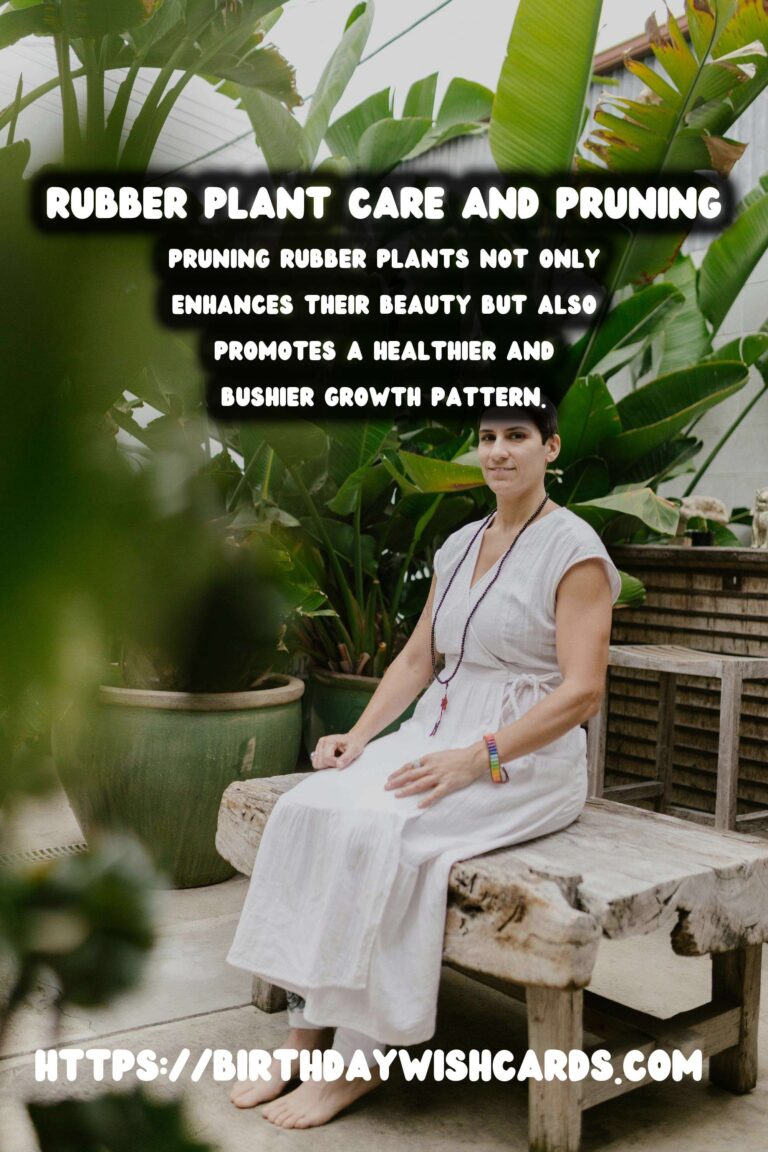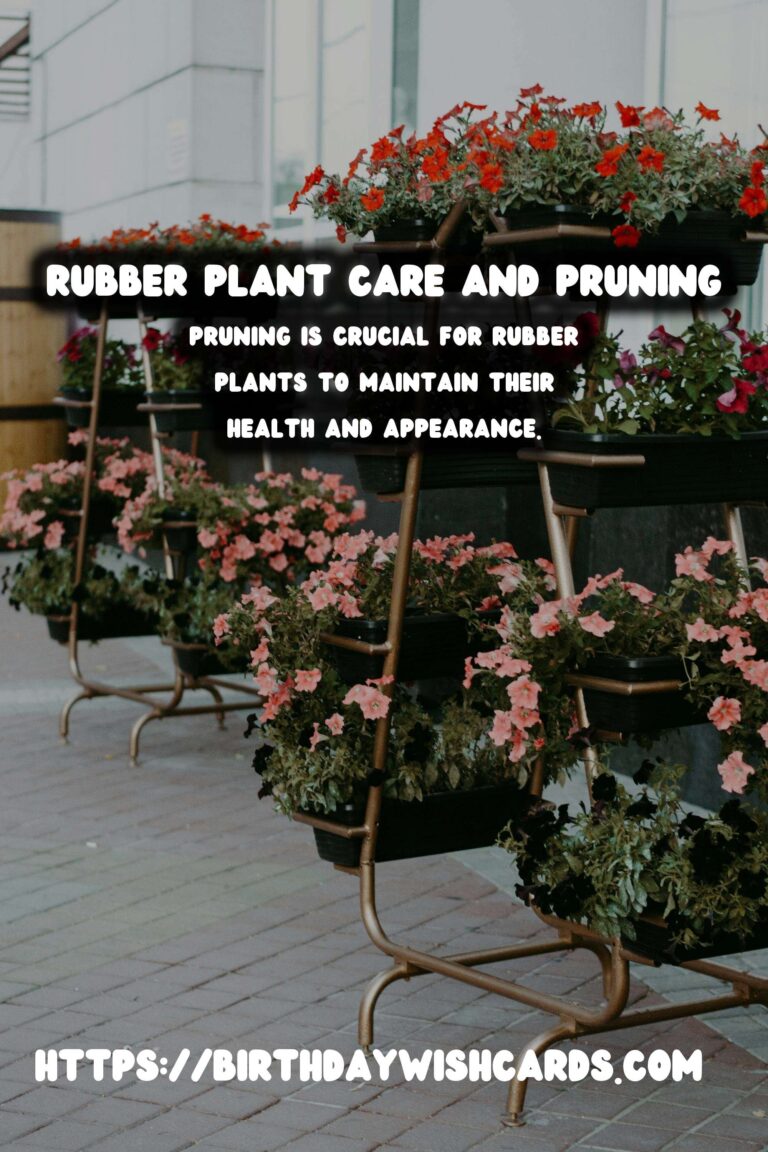
Rubber plants, scientifically known as Ficus elastica, are popular indoor plants cherished for their attractive foliage and resilience. To maintain their aesthetic appeal and promote bushiness, proper care and strategic pruning are essential. This article will guide you through the process of caring for rubber plants with a specific focus on pruning techniques to encourage bushiness.
Understanding Rubber Plants
Rubber plants are native to Southeast Asia and are known for their broad, glossy leaves. They can grow quite tall, sometimes reaching heights of over 10 feet indoors. However, many plant enthusiasts prefer a bushier appearance, which can be achieved through careful pruning.
Why Prune Your Rubber Plant?
Pruning is crucial for rubber plants to maintain their health and appearance. It helps in removing dead or diseased parts, encourages new growth, and controls the plant’s size and shape. By pruning strategically, you can encourage your rubber plant to grow more compactly and bushier.
Tools You Will Need
To prune your rubber plant effectively, you will need a few basic tools:
- Sharp pruning shears or scissors
- Gloves to protect your hands from the plant’s sap
- Disinfectant to clean your tools and prevent the spread of disease
Steps to Prune Your Rubber Plant
1. Inspect Your Plant
Before pruning, carefully inspect your rubber plant for any signs of disease or damage. Identify which parts you need to prune to encourage bushiness.
2. Clean Your Tools
Ensure your pruning shears or scissors are clean and sharp. Disinfect them before use to avoid introducing any pathogens to the plant.
3. Prune Strategically
Begin by removing dead or damaged leaves and stems. To encourage bushiness, cut just above a leaf node, which is where new growth will emerge. Focus on the top parts of the plant to stimulate growth in the lower sections.
4. Monitor New Growth
After pruning, monitor your rubber plant for new growth. This process may take a few weeks, but you should notice new branches sprouting from the nodes where you made cuts.
Additional Care Tips for Rubber Plants
Along with pruning, rubber plants require specific care to thrive:
Light
Rubber plants prefer bright, indirect light. Too much direct sunlight can scorch their leaves.
Watering
Water the plant when the top inch of soil feels dry. Overwatering can lead to root rot.
Humidity
These plants enjoy higher humidity levels. Consider misting them or placing a humidifier nearby.
Temperature
Maintain indoor temperatures between 60-75°F (15-24°C) for optimal growth.
Conclusion
Pruning rubber plants not only enhances their beauty but also promotes a healthier and bushier growth pattern. By following the steps outlined above, you can enjoy a lush, vibrant rubber plant in your home. Remember to provide the right light, water, humidity, and temperature conditions to complement your pruning efforts and keep your rubber plant thriving.
Rubber plants are popular indoor plants cherished for their attractive foliage and resilience. Pruning is crucial for rubber plants to maintain their health and appearance. To encourage bushiness, cut just above a leaf node, which is where new growth will emerge. Rubber plants prefer bright, indirect light and should be watered when the top inch of soil feels dry. Pruning rubber plants not only enhances their beauty but also promotes a healthier and bushier growth pattern.
#RubberPlant #IndoorGardening #PlantCare #PruningTechniques #BushyPlants

